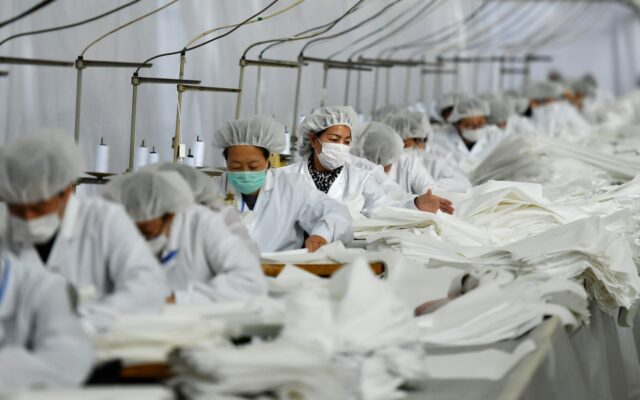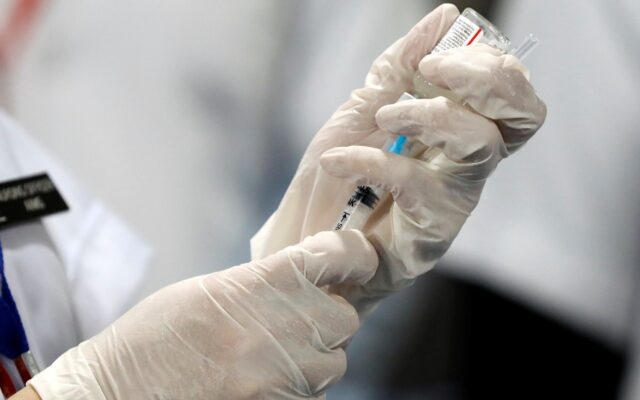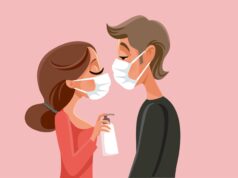
Without a doubt, the coronavirus pandemic is spreading throughout the United States at a very rapid pace, with over 26 million diagnosed cases and more than 436,000 people whose lives were claimed by the health complications that arose as a result of infection with the novel virus. One of the demographics at high risk of contracting the coronavirus are former and current industrial workers, as they are more likely to struggle with respiratory diseases and conditions as a consequence of toxic exposure that occurred on the job. For instance, during the last century, over 75 occupational groups were exposed to asbestos, a naturally occurring carcinogenic mineral. For a list of these occupations visit this website.
Asbestos exposure is responsible for diseases that affect the respiratory system that range in severity from asthma to lung cancer. However, asbestos is only one of the numerous toxic agents industrial workers encounter on the job regularly. Some of the most common hazardous substances industrial workers are exposed to nowadays are diesel exhaust, silica dust, asphalt fumes, formaldehyde, lead, mercury and benzene. Exposure to these dangerous agents occurs mostly by inhalation, which is why numerous industrial workers come to struggle with respiratory diseases. It is a known fact that suffering from a respiratory disease or condition places you at a considerably higher risk of contracting the coronavirus than the healthy population, as well as of developing potentially fatal complications.
Why Are Industrial Workers More Prone to Infection with Coronavirus?

According to a scientific paper in the American Journal of Respiratory and Critical Care Medicine, in a group of 10 people with respiratory diseases, more than one is likely to have acquired their health problem as a result of toxic exposure in the workplace. Despite asbestos no longer being used by the majority of industries throughout the country, more and more cases of people with diseases that developed as a consequence of exposure to this agent are emerging every year. The reason behind the high rate of diagnoses related to asbestos exposure is the fact that these diseases have a latency period of 20 to 50 years, which means that it takes between two and five decades for a person to develop a disease following their first asbestos exposure. Once inside the body, asbestos fibers attach themselves to various organs and tissues of the respiratory system, where they gradually cause inflammation and scarring. Eventually, these symptoms may give way to a disease such as esophageal cancer, asbestosis, lung cancer or mesothelioma. As a result, people who struggle with such diseases are more prone to contracting the new virus, since both their respiratory and their immune systems are compromised.
It is estimated that occupational exposure to toxic agents is responsible for 17% of asthma cases, 20% of chronic obstructive pulmonary disease cases, 10% of interstitial lung diseases cases and 7% of respiratory cancers. People who suffer from these diseases, as well as from any other disease affecting the respiratory system, need to take extra precautions during the coronavirus pandemic so as to avoid contracting the virus. They should practice social distancing, wear a face mask every time they go outside and avoid taking it off, try to leave their house as little as possible and wash their hands with soap and water for at least 20 seconds every time they come home from outside. The risk of developing serious, even life-threatening health complications as a result of infection with coronavirus is very high in people whose respiratory system is already damaged.
What Health Complications May Industrial Workers Affected by Toxic Exposure Develop If They Contract the Coronavirus?

There are numerous demographics that are more susceptible to infection with coronavirus due to their poor health, including people who struggle with diseases that developed as a result of workplace toxic exposure. The risk is particularly high if the industrial workers are elderly, which is often the case of former industrial workers who are now suffering from diseases as a consequence of occupational asbestos exposure. Similarly, people who struggle with esophageal, laryngeal, pharyngeal and lung cancer are at great risk of developing severe health complications if they contract the new virus, since their immune system is also compromised as a result of the chemotherapy and radiotherapy they often have to undergo to keep their disease under control.
Some of the most serious health complications former or current industrial workers who struggle with respiratory diseases may develop if they contract the coronavirus are acute respiratory failure, pneumonia, acute respiratory distress syndrome, secondary infection, acute cardiac injury, septic shock, acute kidney injury, disseminated intravascular coagulation, blood clots, acute liver injury and rhabdomyolysis. The last is a rare condition in which muscles break down and tissue dies and, if the kidneys fail to flush out myoglobin, a protein that is released in the bloodstream, within a short time, death will inevitably ensue.
Are the Family Members of Industrial Workers at Risk?

It is not uncommon for the family members of industrial workers to come to struggle with the same respiratory diseases, as oftentimes, people who are surrounded by toxic agents may bring these dangerous substances home on their clothes, skin and hair, which is the case of asbestos fibers. Thereby, when greeting their children, industrial workers may cause their offspring to inhale asbestos fibers. In a similar manner, their wives may be exposed to asbestos when laundering their work clothes. Nevertheless, this was the case for families during the last century, when asbestos was deemed a safe material and industrial workers were not provided with the protective equipment they needed. However, as a result of past exposure, the close family members of former industrial workers may develop respiratory diseases as well, which places them at high risk of suffering from health complications as a result of infection with coronavirus.









